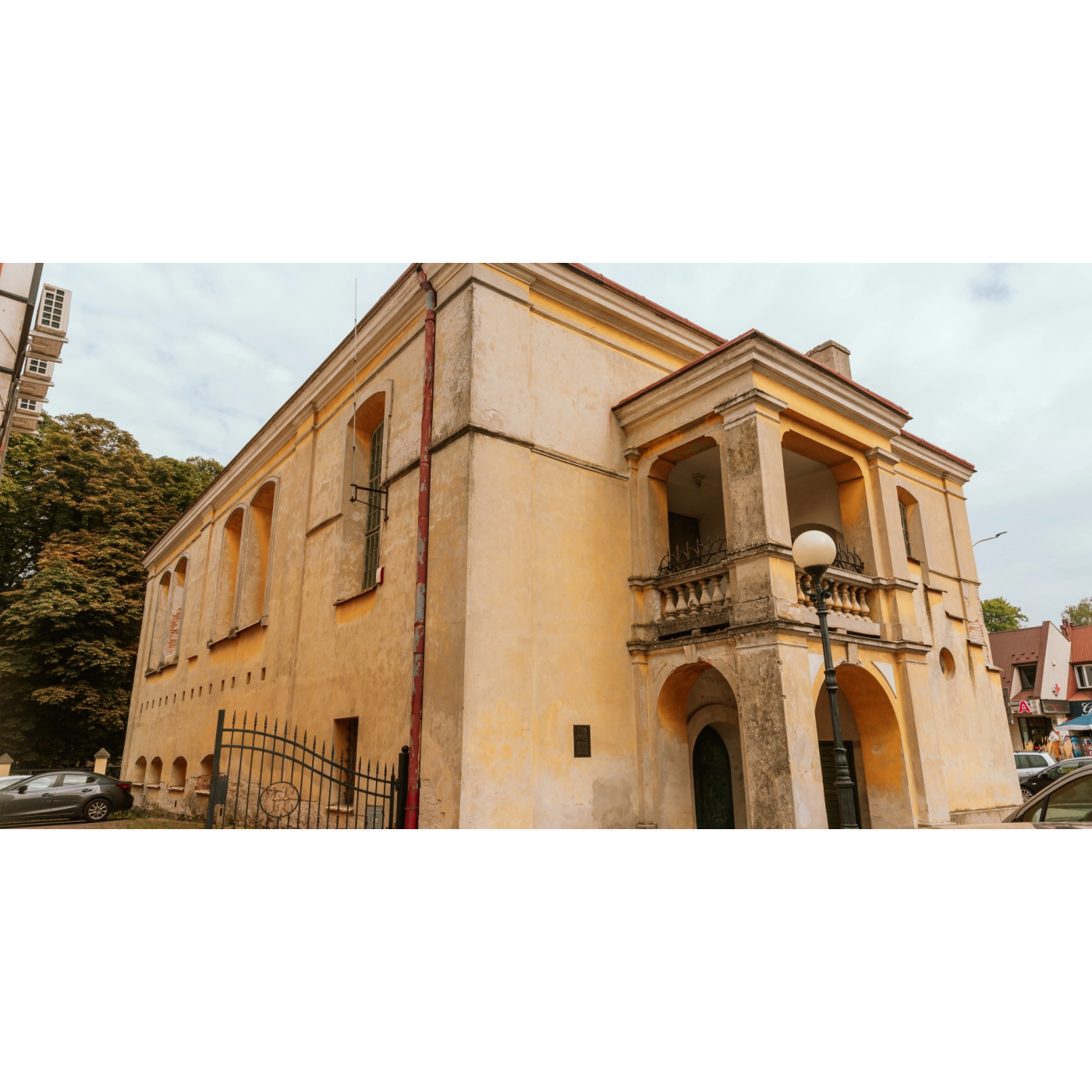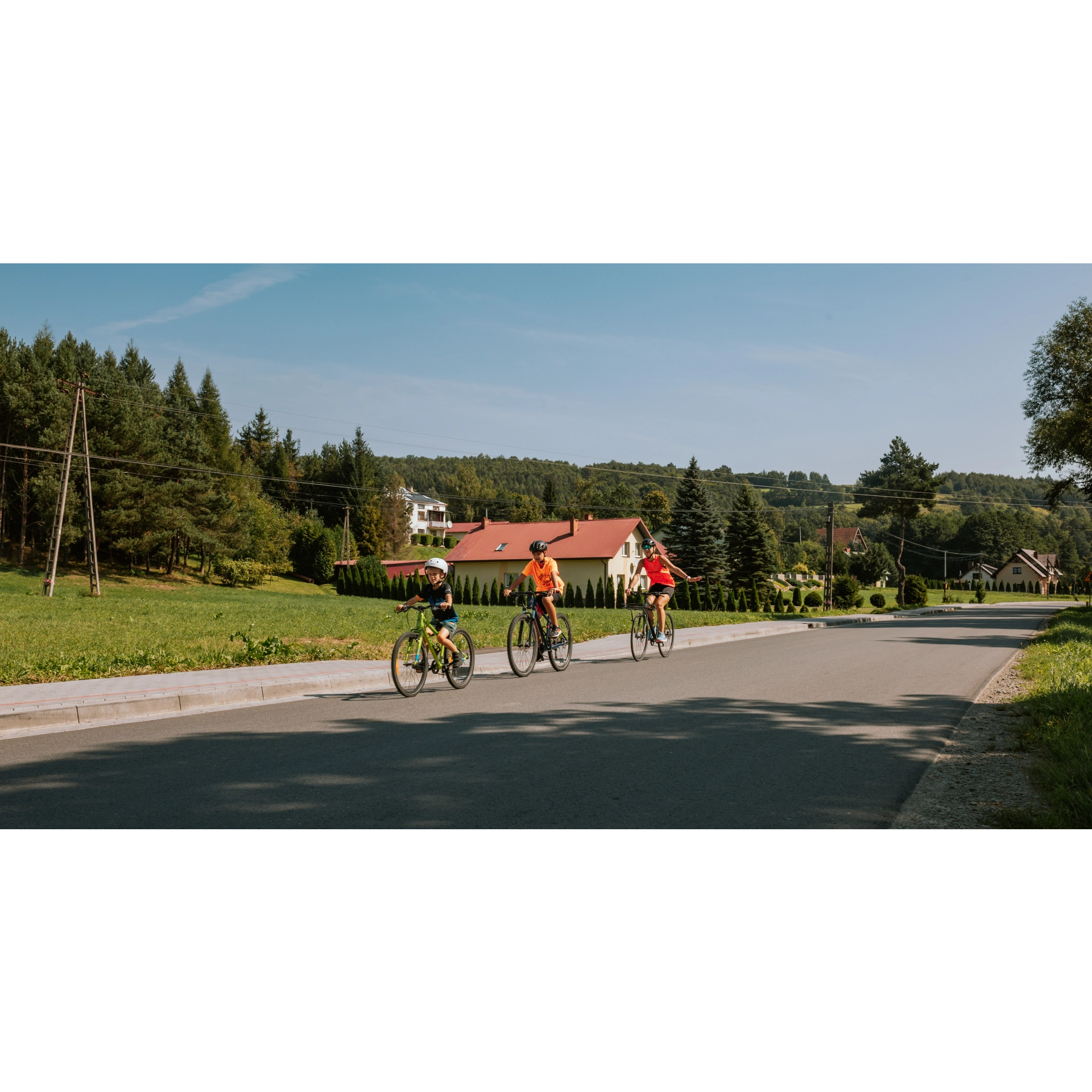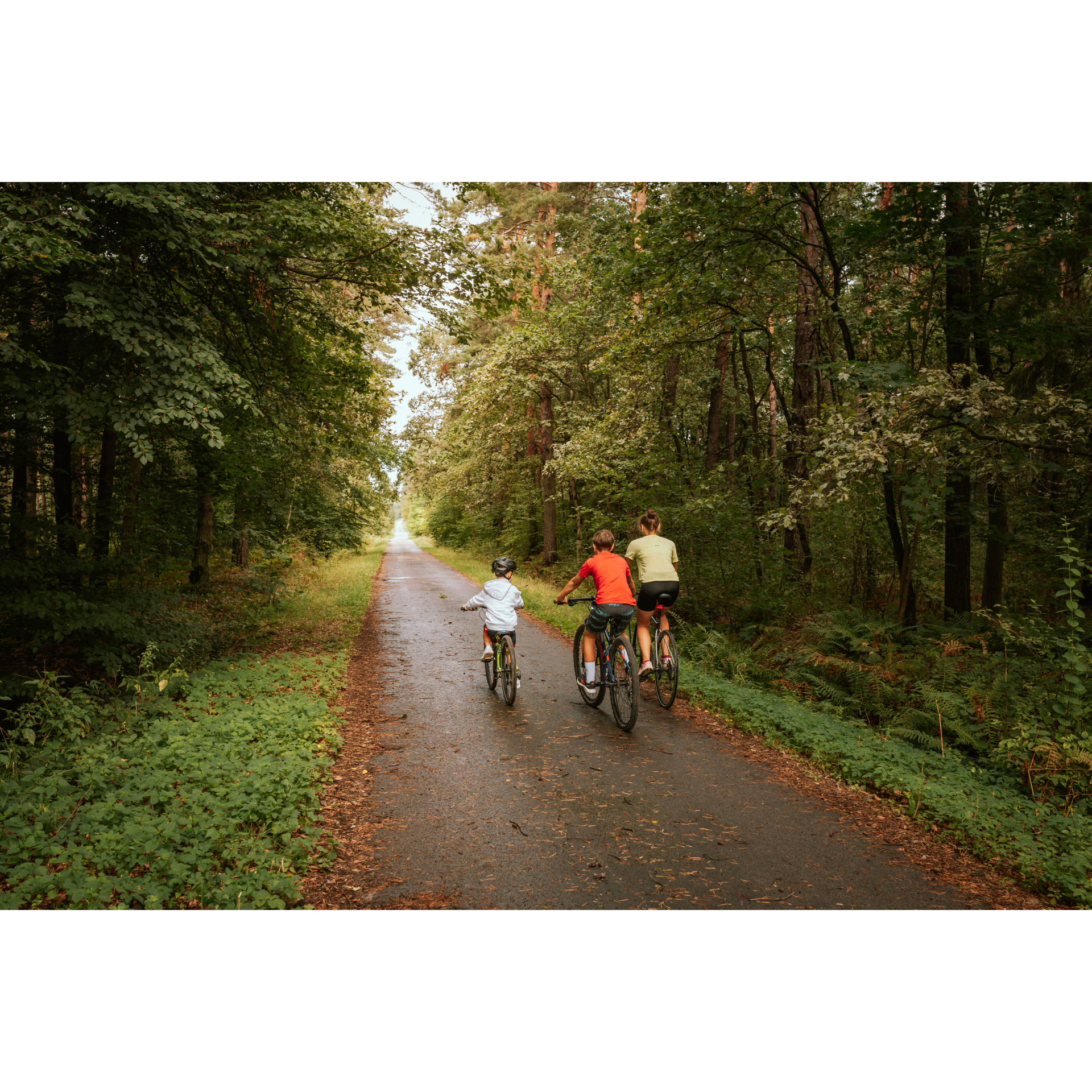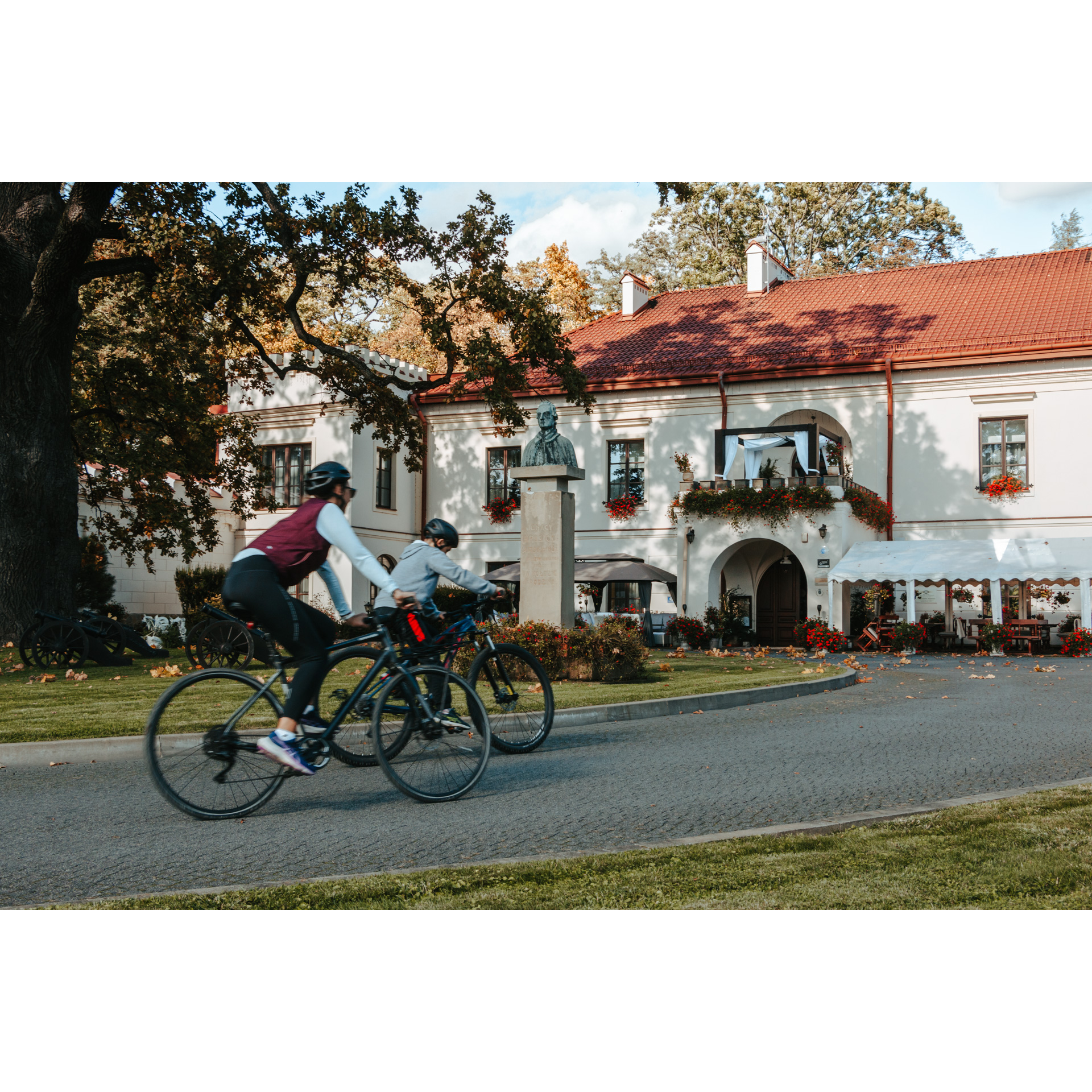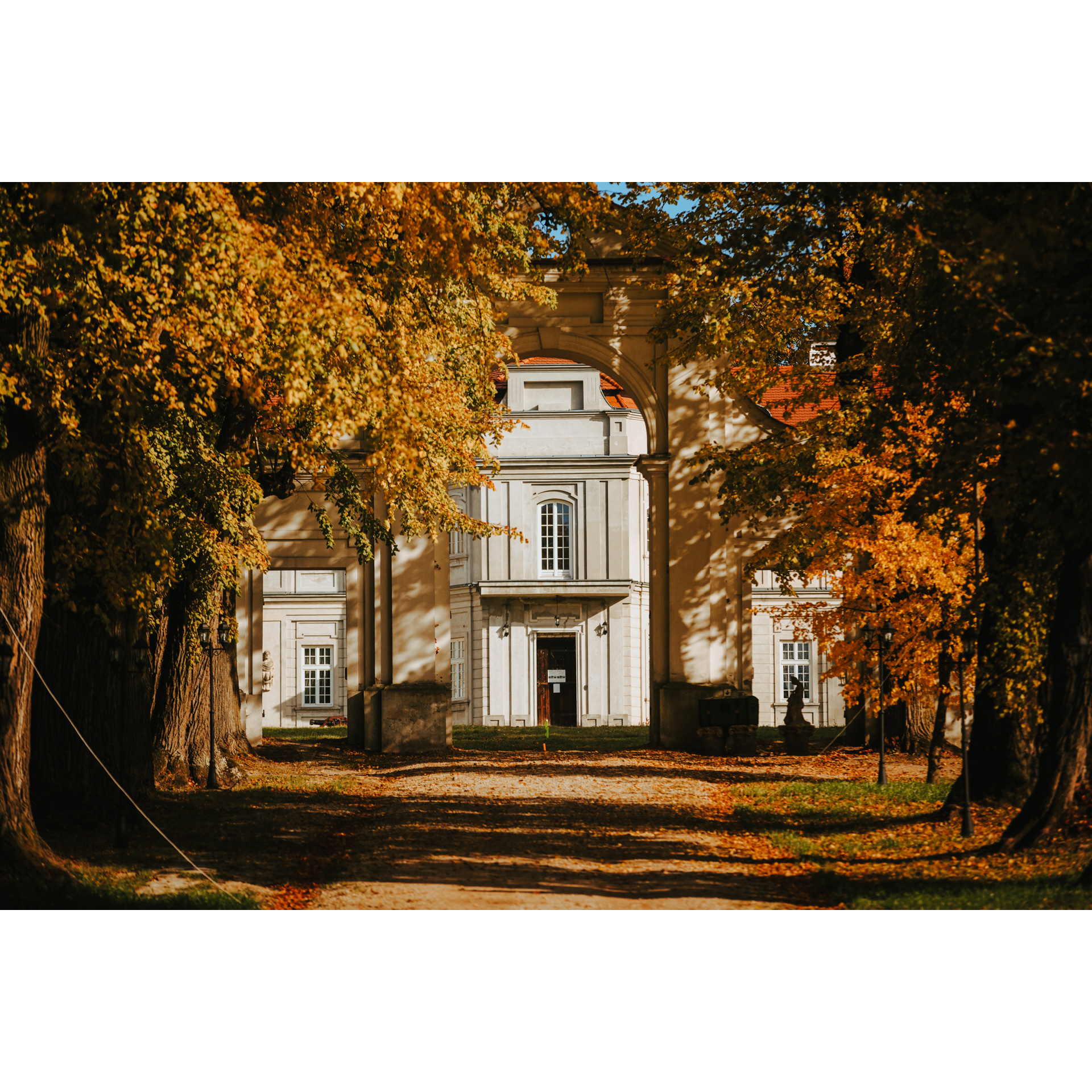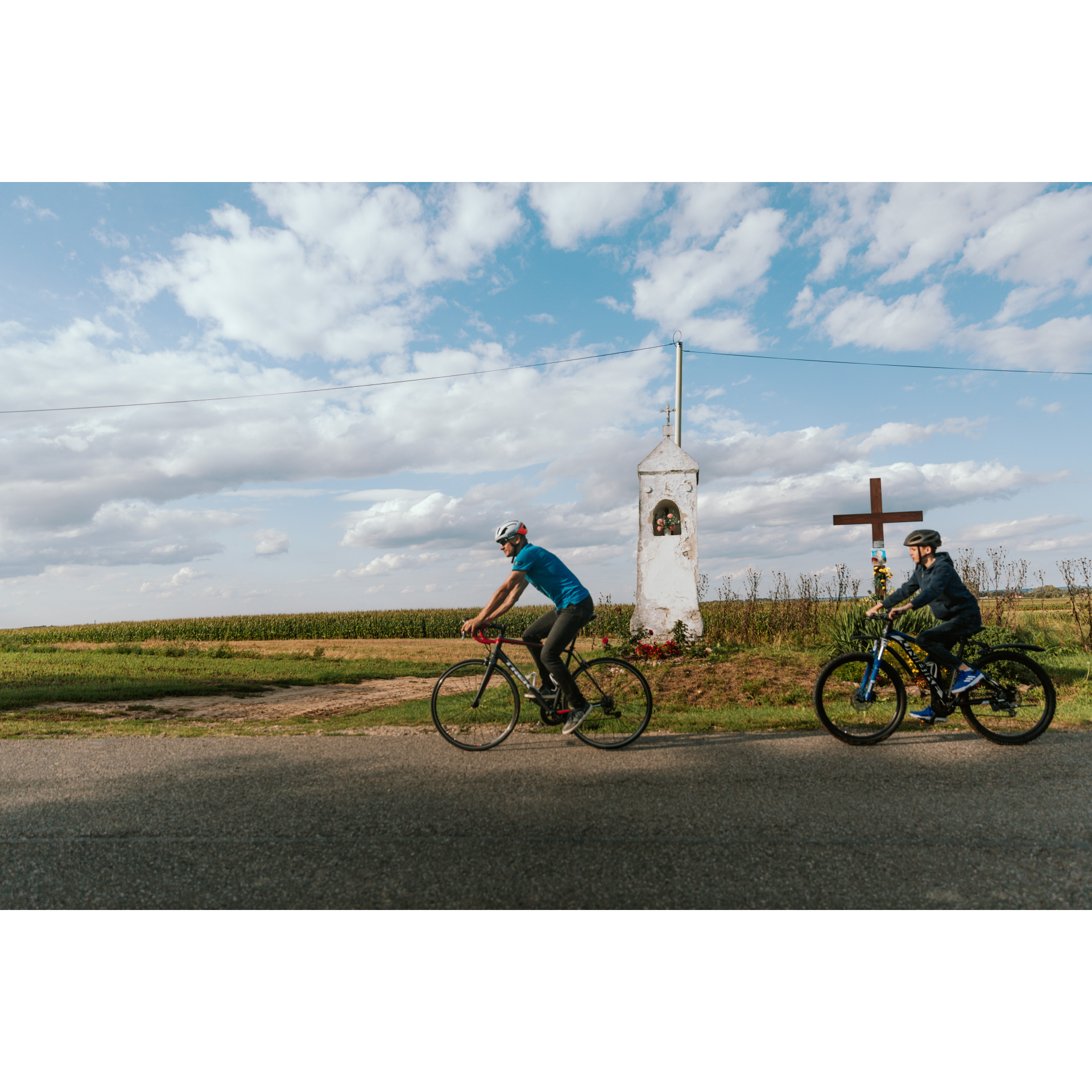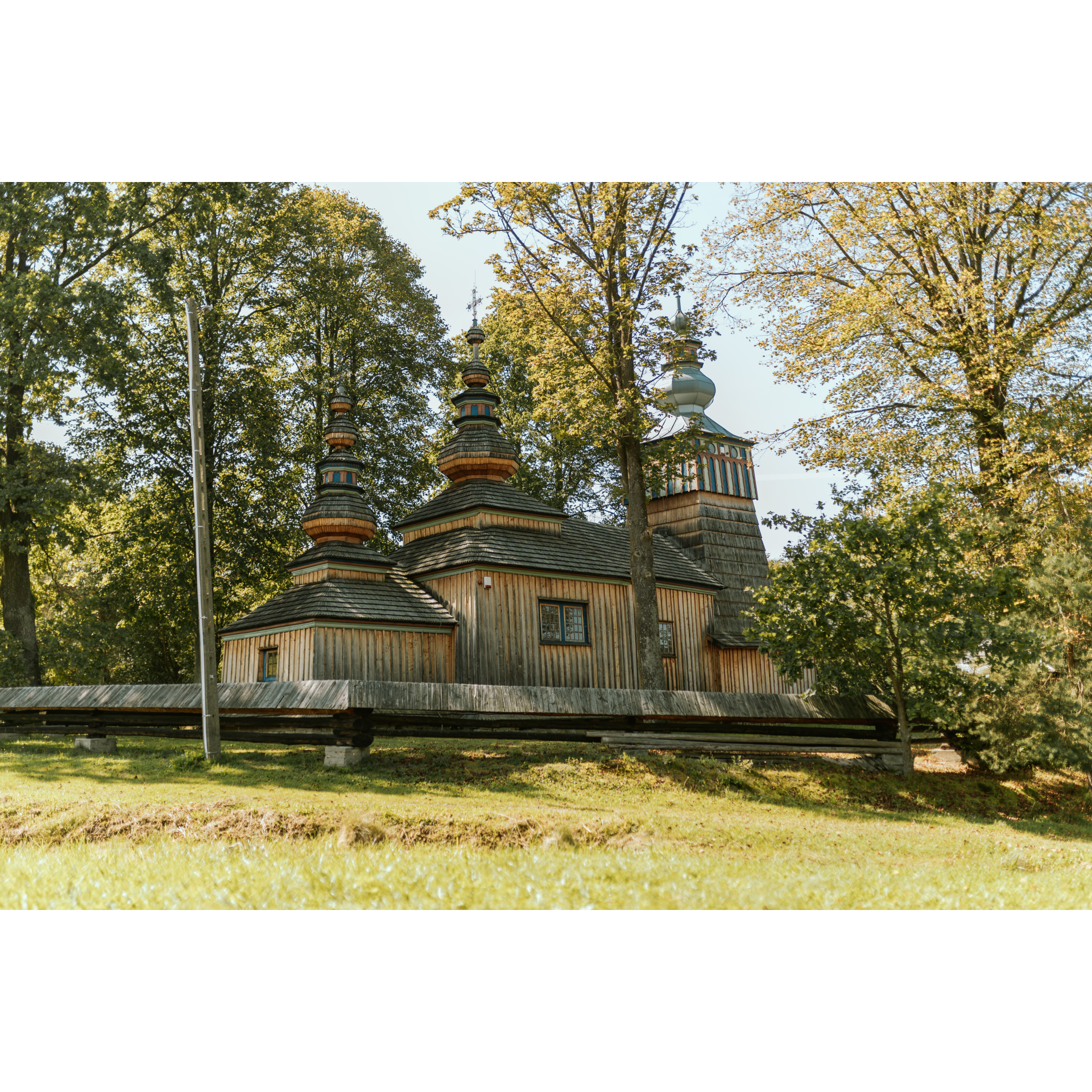
Sacred monuments of Podkarpacie
Sacred monuments of Podkarpacie
Podkarpacie, a land of many cultures and religions, is hence home to numerous sacred monuments. Particularly valuable are those left by the almost no longer present Ruthenian minority, consisting of Lemkos and Boykos, many of which are several centuries old.
Roman Catholic structures
Roman Catholicism has always been present in these areas, arriving here and displacing indigenous cults. Since the end of World War II and Operation "Wisła" that followed, it has been the dominant denomination in the region. Roman Catholic faithful have left behind magnificent monuments, from Gothic churches to mature Baroque buildings. Among them are churches, monasteries, calvaries, numerous chapels, and roadside crosses. Many of these temples and places are several centuries old, for example, the walls of the church in Strzyżów date from the 14th century, and some parishes were established here as early as the 12th century.
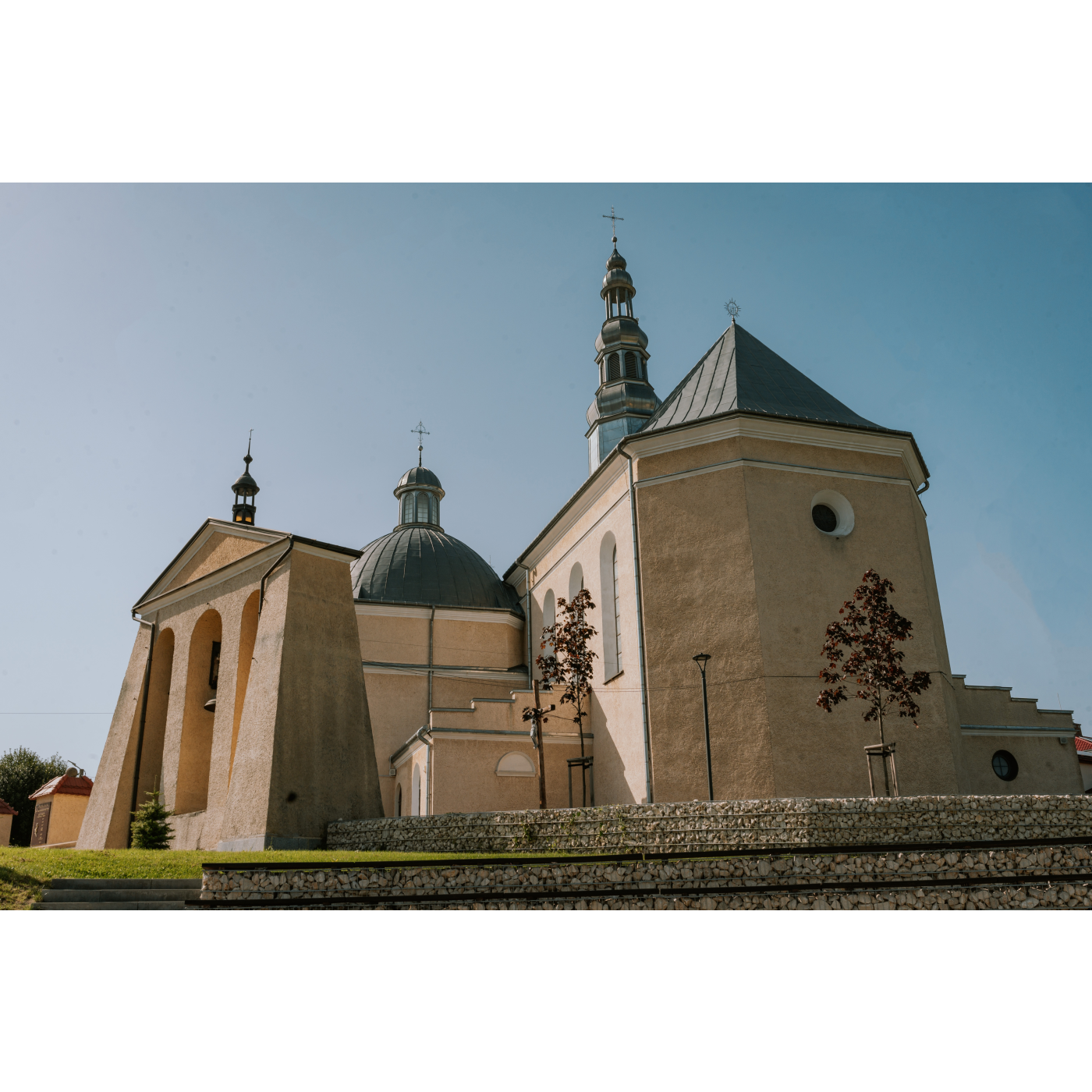
Greek Catholic structures
Greek Catholicism is a denomination that arose as a result of some Orthodox bishops submitting to the supremacy of the Pope in Rome in the Union of Brest in 1590. They retained the liturgy and style of sacred architecture from Orthodoxy, differing from Roman Catholic construction and liturgy. For the faithful of both denominations, it is possible to mutually partake in the sacraments. While this church was persecuted in the Russian partition, it retained full freedom in the Austrian partition. However, after World War II, affiliation with it was considered a sign of Ruthenian or Ukrainian ethnic membership, which was a premise for expatriation to the USSR. Greek Catholic churches in Podkarpacie are often abandoned or used by Roman Catholic parishes. Among them are the oldest churches in Poland - in Posada (14th century), Radruż (16th century), Gorajec (1586), and Ulucz (1659).
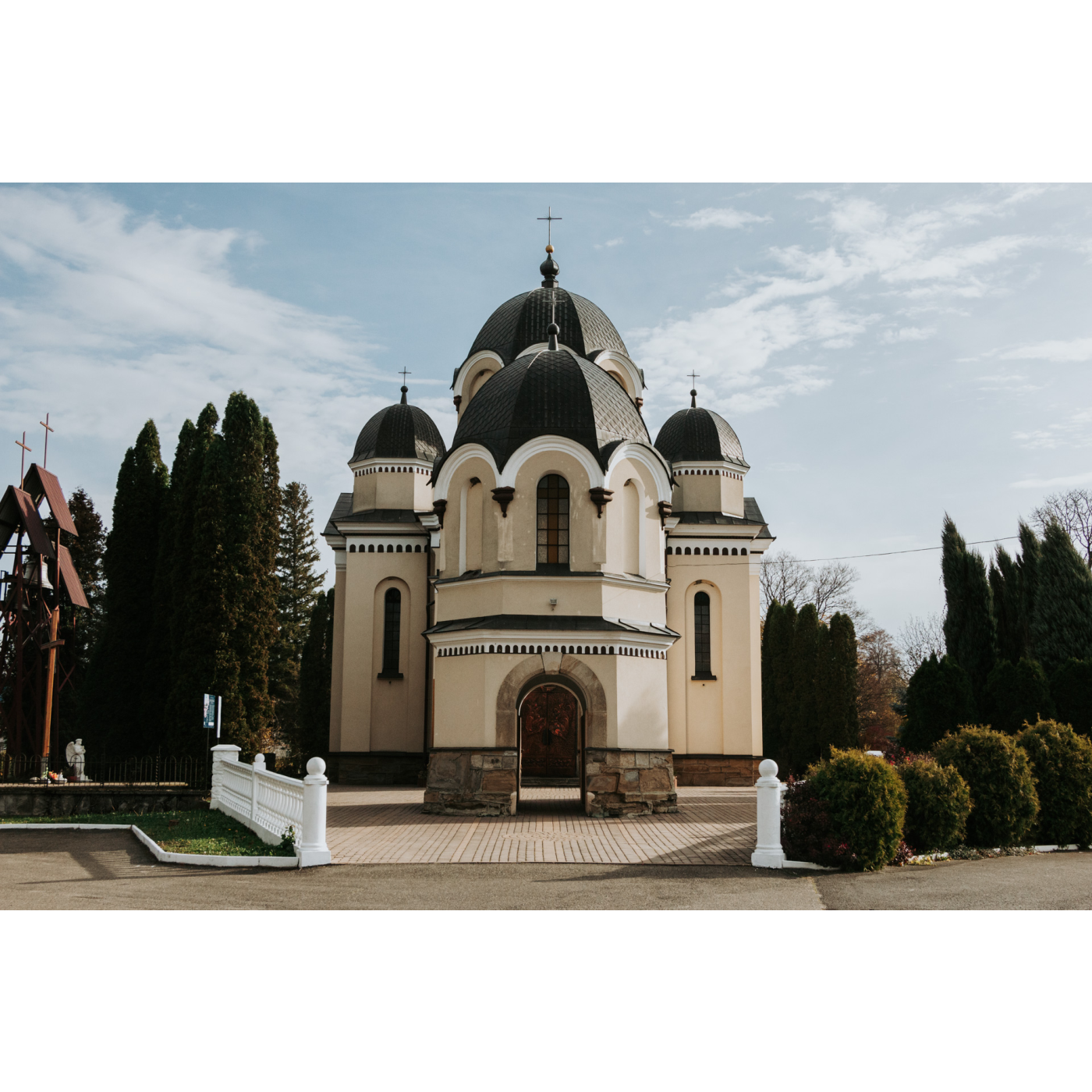
Orthodox structures
There are few of them, they are easy to confuse with Greek Catholic structures, but their presence is worth highlighting. The church style, common with the Uniate, is characterised by the construction of three-part temples - with a vestibule, main nave, and presbytery, each having a separate roof and dome, with the largest usually being the central one. The interior is adorned with polychromies, and most importantly, an iconostasis - a wall separating the faithful from the place of the consecration miracle, through which the so-called royal gates lead. Usually, in the vicinity of the temple, there is a cemetery with tombstones, mostly old, as from the end of the 18th century, burying the dead near churches was prohibited.
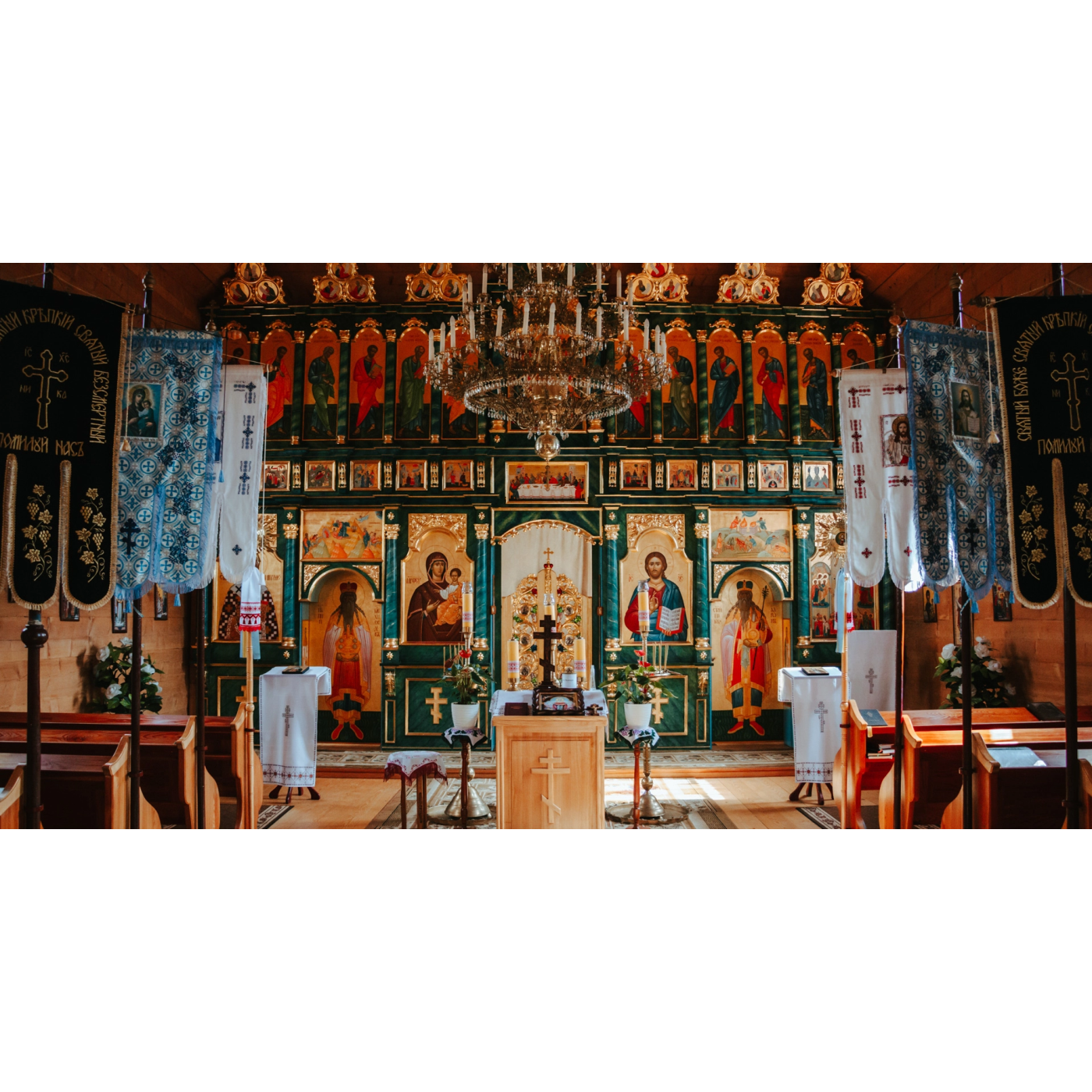
Protestant structures
These are extremely rare monuments in Podkarpacie. In essence, there are only two structures - a prayer house and a pastor's house in Podlesie, and the adjacent cemetery. Protestants came here as colonists or industrial workers, bringing their culture and religion. The monuments left by this religious group are modest, even ascetic, in accordance with the doctrine that led to these groups' separation from the Roman Catholic Church.
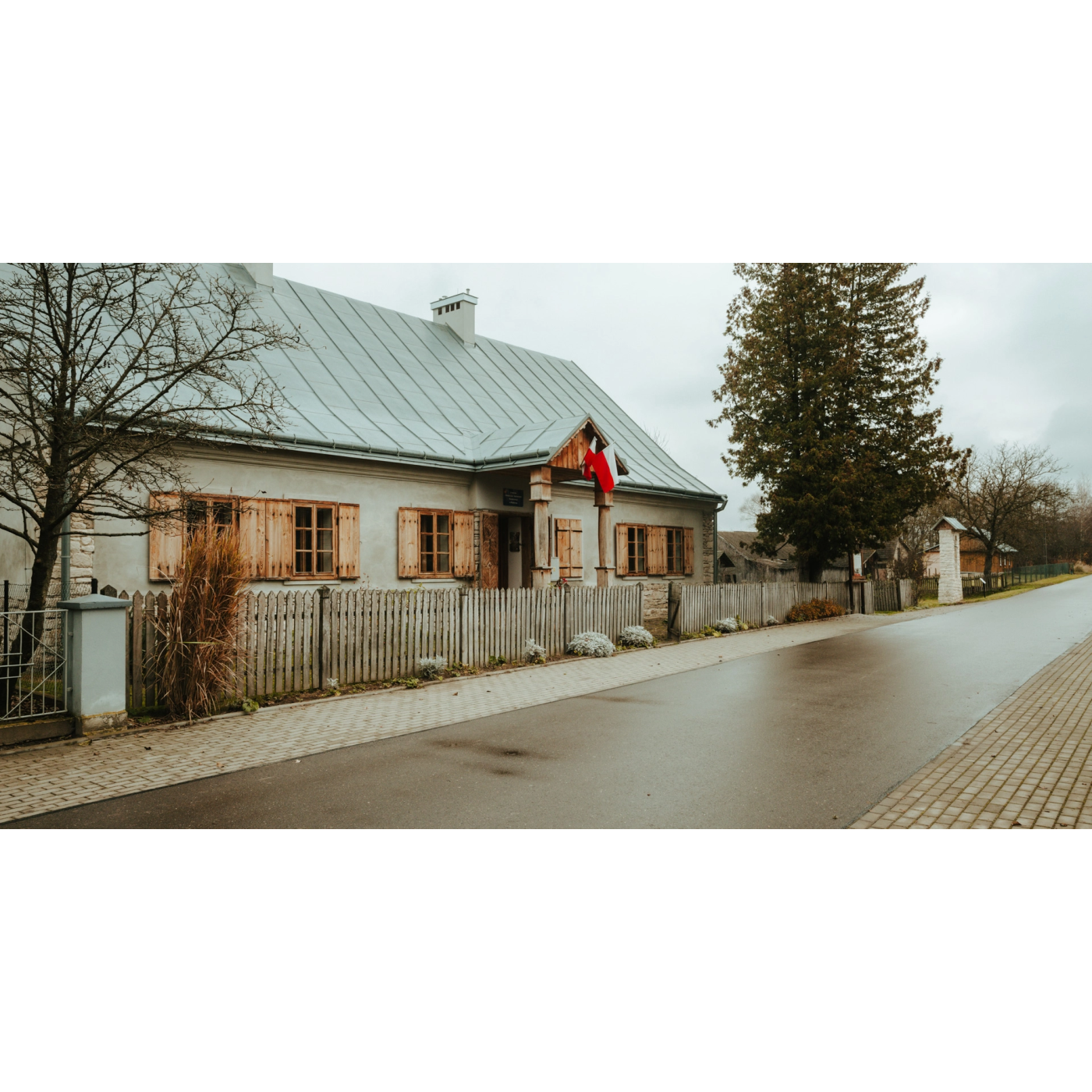
Jewish structures
The Jewish population lived in Podkarpacie for centuries, filling the economic gap as merchants, innkeepers, and representatives of free professions. Most Jews perished during the Holocaust organised by Nazi Germany during World War II. What remains are synagogues - in Rzeszów, Przemyśl, Łańcut, as well as in Niebylec, where it currently serves as a municipal library.
